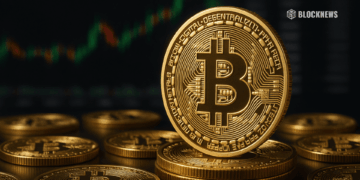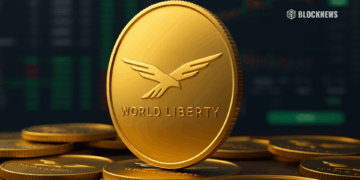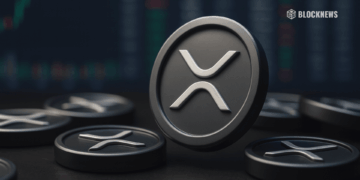- Tether has quietly become the world’s largest independent holder of gold.
- The company appears to be building central-bank-style reserves to stabilize USDT long-term.
- This shift could reshape how stablecoins are valued, regulated, and trusted globally.
Tether has officially become the largest independent holder of gold, a shift that feels both surprising and strangely inevitable given how aggressively the company has expanded its balance sheet over the last few years. While most people still associate Tether with USDT and stablecoin liquidity across exchanges, the firm has steadily accumulated physical gold behind the scenes. Now, its reserves surpass every private institution and hedge fund, signalling a major strategic pivot toward hard-asset backing. The move also shows just how seriously Tether is treating long-term stability, especially after a volatile stretch in the broader digital-asset market.
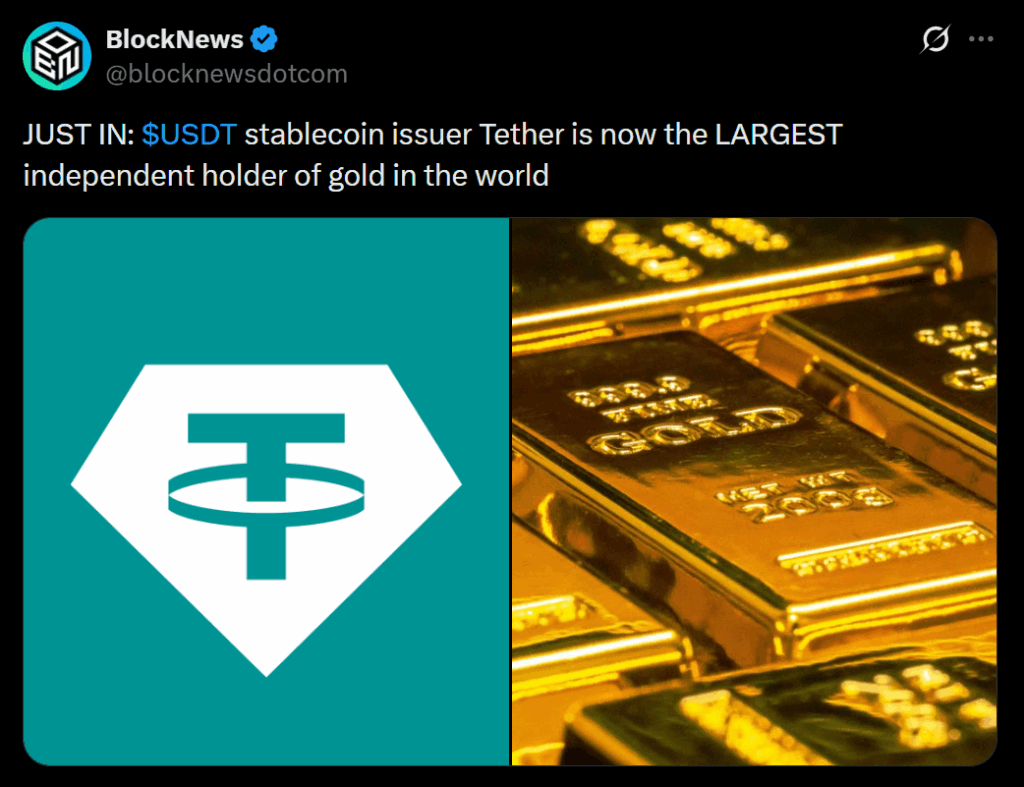
Why Tether Is Stacking Gold Like a Central Bank
Gold has always been the safe-haven play, and Tether’s decision mirrors the approach of national treasuries rather than crypto firms. The company appears focused on insulating its ecosystem from macro shocks, regulatory pressure, and liquidity crunches by anchoring part of its reserves to a centuries-old store of value. This isn’t just symbolism — large gold backing helps reinforce trust in USDT, particularly in regions where confidence in banking systems is fragile. Many analysts think Tether is preparing for a multi-year phase of global instability, and gold is the one asset that consistently holds purchasing power through it all.
What This Means for USDT and Market Liquidity
USDT demand spikes during moments of crisis, and Tether’s rising gold reserves may become a powerful psychological stabilizer the next time markets panic. If investors believe Tether’s backing is not only legitimate but also diversified into gold, it could help mitigate redemption waves or speculative attacks on the stablecoin. At the same time, holding more gold introduces questions about long-term strategy: will Tether expand its reserve composition even further, moving toward a hybrid model that resembles a central-bank-style balance sheet? If so, it could reshape how stablecoins are evaluated and regulated across the world.
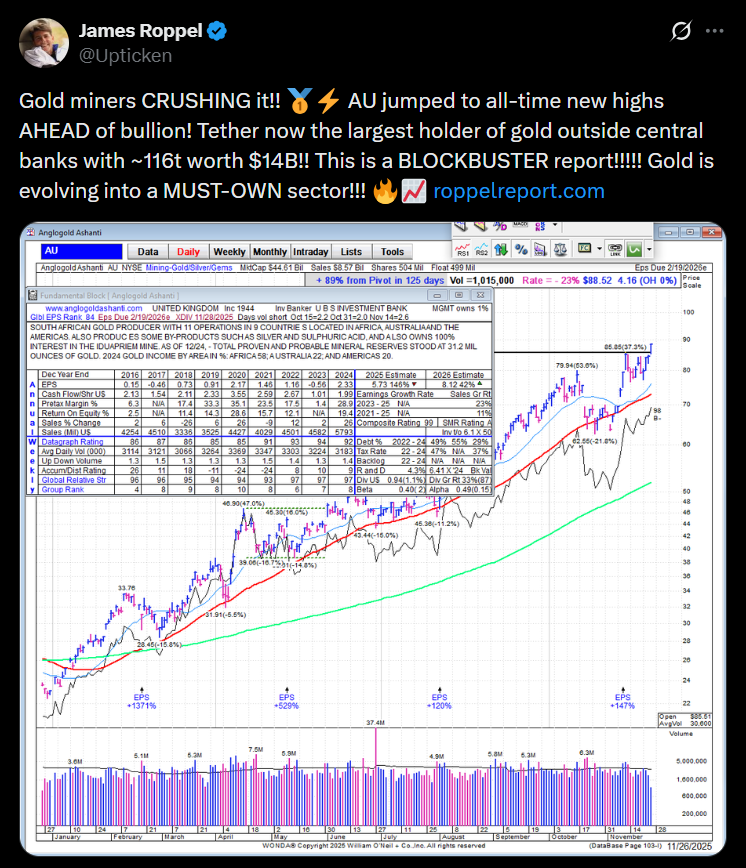
A Shift That Ripples Far Beyond Stablecoins
Tether’s rise as the largest independent gold holder puts it in a category normally reserved for countries, not crypto firms. Whether this is a defensive posture or a bold expansion into global finance is still unclear, but the implications are hard to ignore. It signals a maturing stablecoin industry, one where issuers may increasingly rely on hard assets to maintain trust and legitimacy. It also positions Tether as a major player in commodity markets, giving the company influence that extends far beyond crypto exchanges and on-chain liquidity. And for the broader ecosystem, it’s another sign that traditional and digital finance are blending faster than anyone expected.



